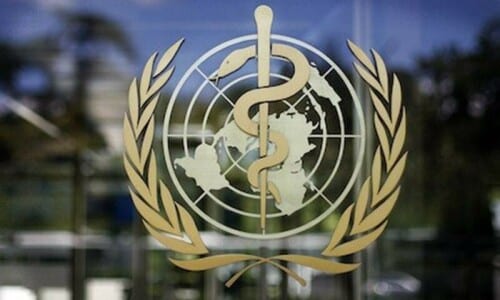LONDON: In an attempt to prevent the uncertainty that some scientists have claimed lost lives early in the Covid-19 outbreak, the World Health Organization and about 500 experts have agreed for the first time what it means for a disease to spread through the air.
A technical document on the subject was produced on Thursday by the UN health agency, which is situated in Geneva. It added that this was the first step in figuring out how to better stop the spread of diseases like the measles as well as potential pandemic risks in the future.
The document concludes that, in keeping with other terms like “waterborne” diseases, which are understood by the public and across disciplines, the descriptor “through the air” can be used for infectious diseases where the primary mode of transmission involves the pathogen travelling through the air or being suspended in the air.
Nearly 500 experts—many of whom had previously engaged in contentious debates over the subject—contributed to the concept, including engineers, physicists, and public health specialists.
In the past, agencies have needed strong evidence before classifying certain diseases as airborne, necessitating extremely strict containment protocols. The revised definition stipulates that exposure risk and disease severity must also be taken into account.








